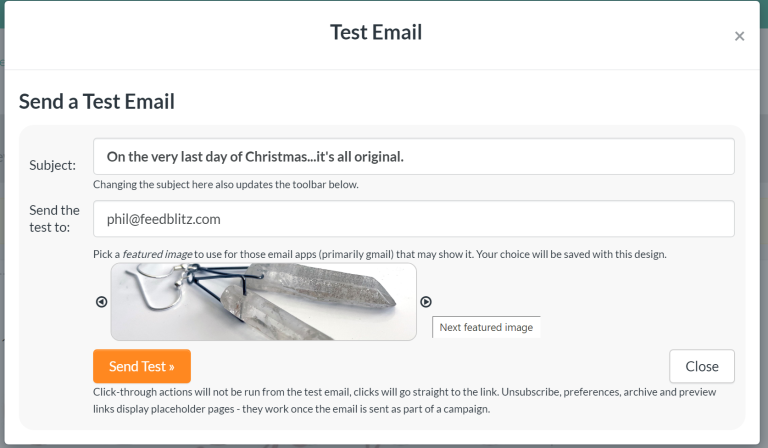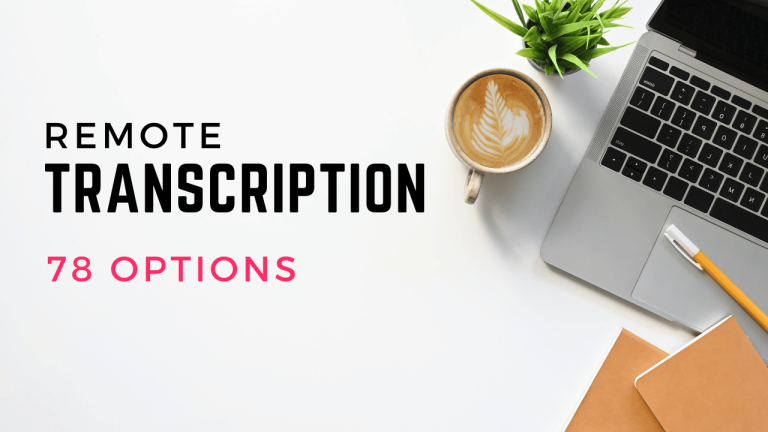Looking for ways to maximize your irregular income?
You’re in the right spot!
Whether you’re a business owner, remote employee, or running a blog, preventing famine cycles is vital to setting yourself up for financial success.
Let’s take a closer look at how you can plan a budget when your income isn’t always the same.
What does an “irregular” income mean?
An irregular income means not having a steady flow of money. That applies to bi-weekly payments, as well as monthly, quarterly, or annually.
You might have an irregular income because you:
- Work for a company that only hires during the summer or another season
- Have fluctuating client workload demands
- Or you are still in the early stages of starting your business
When you’re working with an unpredictable income, budgeting well can help you stabilize your finances — and prevent a late payment domino effect. It can also help you ensure you always have enough for essentials like rent and groceries.
But it’s not always easy, is it?
How can you create a supportive financial plan when your money fluctuates monthly?
Keep reading to find out.
How to budget when you have an irregular income
Here’s how to plan your finances when you have a variable income.
Track your monthly income and expenses.
Get clear on how much you make by tracking your credits and subtracting expenses.
Make a habit of doing this every time you receive money or need to pay a bill. Accurately tracking this over time will help you better average your monthly income.
Speaking of which…
Average your monthly income and expenses.
Compare your monthly credits versus debits.
How much do you make on average per month? Calculate these by gathering your paystubs, deposit statements, or invoices from the past six to 12 months. Then, divide your total income by 12.
How much are your expenses each month? Look at your monthly bank statements and bills, add them up, and then divide by 12.
Knowing your average monthly income and expenses helps you plan a more accurate budget.
Use zero-sum budgeting.
Assign a specific purpose to every dollar that you earn.
This method (also called zero-based budgeting) can help you stretch your money and make the most of every penny.
Here’s how to implement it:
- Grab your average monthly income amount you figured out above.
- List all of your monthly expenses — including fixed and variable costs. Add your monthly savings goal as a fixed expense.
- Give every dollar a job. Prioritize essential bills, set aside money for fluctuating expenses, and deposit your savings goal amount into your savings account.
- Track and adjust your budget as needed. For example, if you need more money for groceries, find another budgeting area to decrease (like entertainment).
*Pro-Tip: Create a “salary” based on your average monthly expenses. Use this as your monthly budget and plan your savings goals accordingly. For instance, you might need $3,000 a month to cover your expenses. If you earn between $2,500 to $4,000 per month, you’ll need to put aside money during high months to cover your debts during low-income months.
Treat savings as an expense.
Again, speaking of savings, it’s so important to set aside a specific amount each month — and treat it as a non-negotiable expense.
Incorporate it into your budget just like any other necessary debit. Better yet, set up an automated monthly transfer from your checking account to your savings account so you don’t have to think about it.
Open a curveball account.
Give yourself more financial security by adding money to a curveball account.
A curveball account is a second checking you can dip into to pay for unforeseen expenses, like a flat tire or an emergency dentist visit. An emergency fund helps you cover these surprises without dipping into your savings account.
You might need to go in person if you haven’t opened a new account in a while.
Here’s what you need to open a bank account:
- Your Social Security number or Tax ID
- A government-issued ID
- Proof of address
- An initial deposit
Call ahead if you’re opening a business checking so they can let you know which official documents you’ll need to bring.
Depending on your financial institution of choice, you can open a second checking account by signing into your online banking.
Revamp your budget as needed.
Keep a close eye on your budgeting plan and improve it when possible.
Every month, be sure to:
- Review your monthly expenses.
- Identify areas for adjustment.
- Decide whether to reduce the costs or increase income.
Then, create an action plan. For example, adjust your savings automation or automated bill pays — or edit your allotment for variable expenses. For income, decide if you’ll need to apply for work, conduct outreach calls, or run ads to boost what you make.
The Work at Home Woman has endless resources for making money from home.
Create a savings withdrawal plan.
At this point, you should have a regular checking account, a curveball checking account, and a savings account.
Your regular checking needs to cover your fixed and discretionary expenses. Your curveball account needs to cover surprise expenses. And your savings account is there to help you during “months of want.”
Make sure to have a plan for the latter.
This is pivotal to making your money stretch so you can live comfortably.
For example, if you have a $3,000 monthly budget and earn between $2,500 and $4,000 monthly, you’ll need to pull $500 from savings during your low-income months. If you have four low months a year, you’ll need at least $2,000 in your savings account yearly.
That means you’ll need to save $167 monthly to hit your annual savings goal. Or you’ll need to save $500 during at least four high months. It also means you must pull no more than $500 from savings in a low month.
Consider increasing your savings goal to give yourself more breathing room.
For example, $200 a month will help you save an extra $396 per year on top of the $2k. Bump that up to $209 a month, and you have an extra $500 per year — leaving you with $2,500 in your savings account. That gives you five months’ worth of cushion instead of four, just in case.
*Pro-Tip: If possible, create a new “zero” for your savings account. For example, you might imagine that $1,000 is “zero.” This means you consider your account “empty” once it reaches $1,000. In this case, you’ll need at least $3,000 in your savings account per year — $1,000 as your zero and $2,000 to cover your low months. This gives you an EXTRA cushion of $1,000 if needed.
Make your money work for you.
Earn money on your money by managing expenses with care and opting for a high-yield savings account.
You can also meet with an advisor for insights on investing and preserving family wealth so you can create an accurate budget that supports your long-term goals. This helps motivate you and gives you a greater sense of purpose as you manage and save money.
Take advantage of financial resources for women entrepreneurs.
If you’re a female entrepreneur, there are resources (made just for you) that you can use to take your money further.
It’s tempting to want to go it alone — but learning best practices helps you support and safeguard your business. It also enables you to learn from other like-minded business owners. (You never know what new trick could help you get ahead.)
For instance, consider:
- Joining an online financial resource group for women entrepreneurs
- Signing up for finance newsletters made for women
- Attending female-led finance conferences
- Hiring a trusted financial advisor
- Reading finance books
- Attending webinars

Set yourself up for success.
Budgeting for an irregular income takes careful strategy, especially when you have unexpected expenses.
It’s not a flexible process, but it can help protect you from going into debt or getting behind on your bills (like those pesky streaming services).
Remember, average out your monthly salary and expenses, assign every dollar an expense, and make an emergency fund a non-negotiable. Open a curveball account for emergencies and refine your budget as needed for discretionary spending.
By following the tips in this guide, you can ensure that your living needs are met and that you can cover your essential expenses (even during months of want). Don’t break the cycle even during periods when you earn extra income.
For more tips on managing or making money, check out resources on The Work at Home Woman. And for a huge list of work from home jobs, check out our work at home job board.
Here’s to your success!










